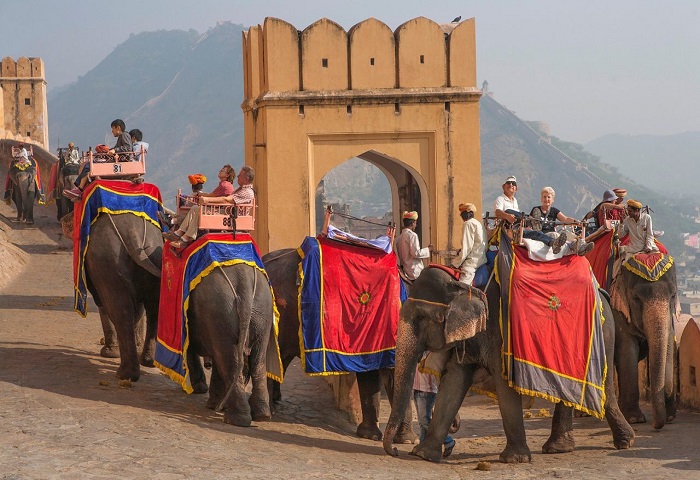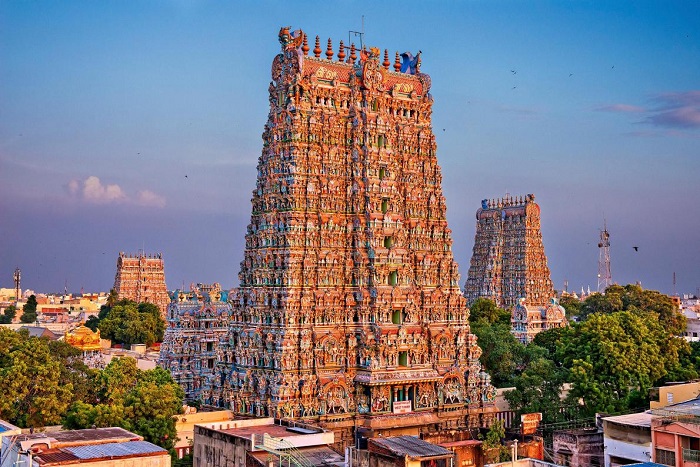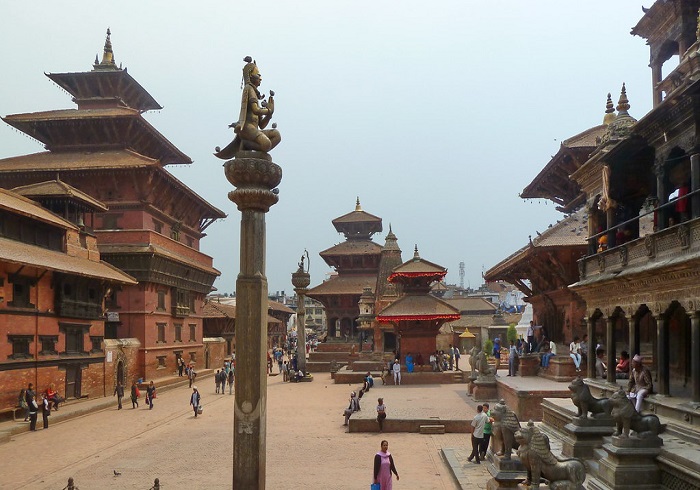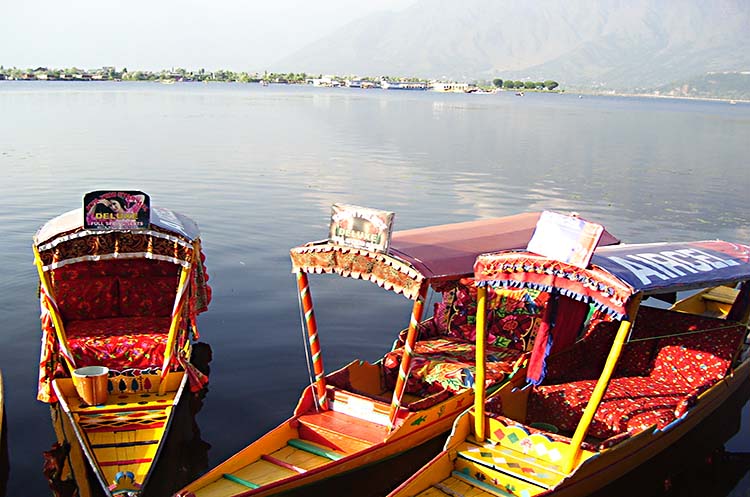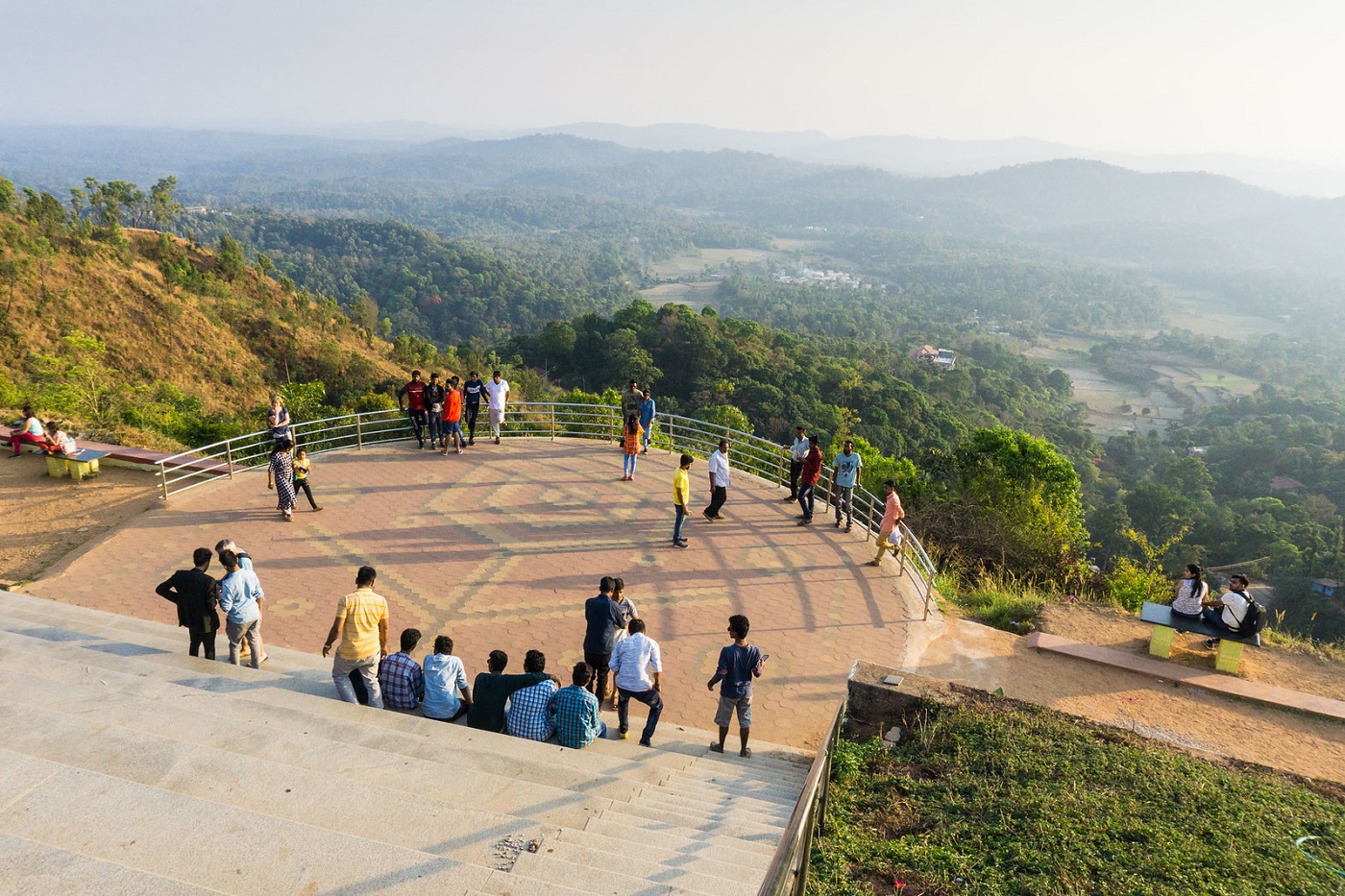Raksha Bandhan – The Celebration Of Siblinghood In India
The festival of Rakhi, is just a couple of days away and families everywhere are preparing for the special day. Most of us are reminded of last minute gift shopping after glancing at a Rakhi special television ad that most popular brands launch during this time of the year. But to begin with Rakhi is not at all about gifts and sweets although like most Indian festivals, they form a part of the celebration. Rakhi signifies something very special; it is a celebration of love and brotherhood.
One can celebrate Rakhi, even if they do not have any siblings or cousins, by tying the ‘knot of protection’ on the wrists of their close friends, who then become honorary siblings for life. This being such a sweet ritual, with its roots in history and tradition has found its way into the secular world with several iterations, however still signifying the same relationship of lifelong friendship and support.
When it is Celebrated?
In India, the Rakhi ceremony takes place in the holy Hindu month of Shravan, on a full moon day. It usually falls in the English month of August in the middle of Indian monsoons. This year it will be celebrate on 26th Aug 2018.
How Is Rakshabandhan Celebrated?
Preparations start much ahead of the auspicious day, as it is a day for family and almost all the family members gather to celebrate and have fun. It is customary for everyone to buy new clothes to be worn on the special day. Once, it is time for the ritual, sisters and brothers sit facing each other. Then the sisters’ tie the ‘Rakhi’ which may be a simple silk thread or one decorated with large amulets and trinkets on the wrists of their brothers.
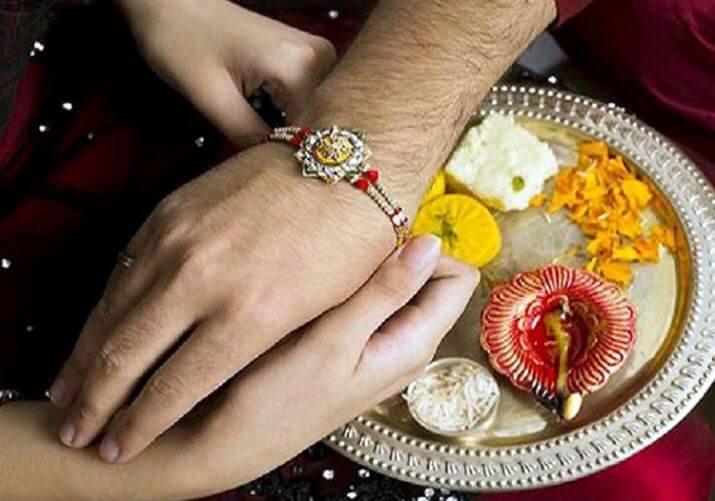
This is followed by the Arti, which includes a special Indian ‘thali’ (plate) usually made of bronze or copper and used in special occasions, topped with a ‘diya’ which is a special scared holder that has cotton balls and oil or ghee and the cotton is lit on fire. The thali also includes sweets, holy red paste with vermillion sandal wood paste and others and a few sprigs of grass. This arrangement is quintessential to most Artis in India and signifies all that is holy in nature to the Hindus. Their symbolic meanings are rooted in the community’s love and respect for their natural surroundings which forms a major part of Hinduism.
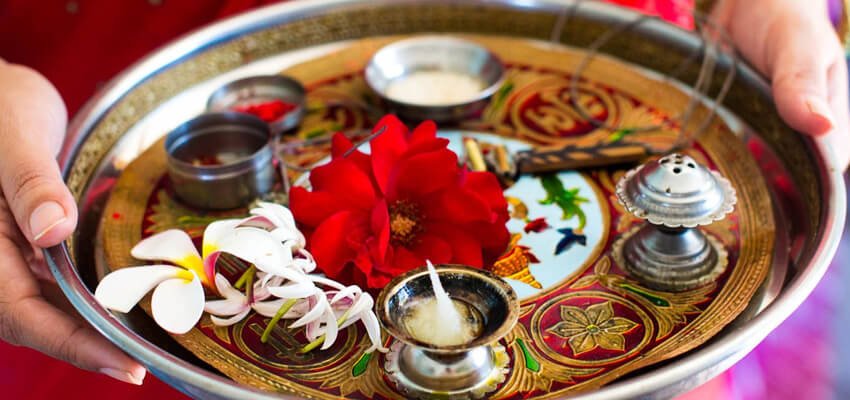
While performing the arti, the sister takes this thali and meticulously rotates it in front of her brother, while praying for his longevity, protection and success. The arti is followed by putting a red ‘tilak’ on the brother’s forehead, which is yet another sacred symbol of the culture.
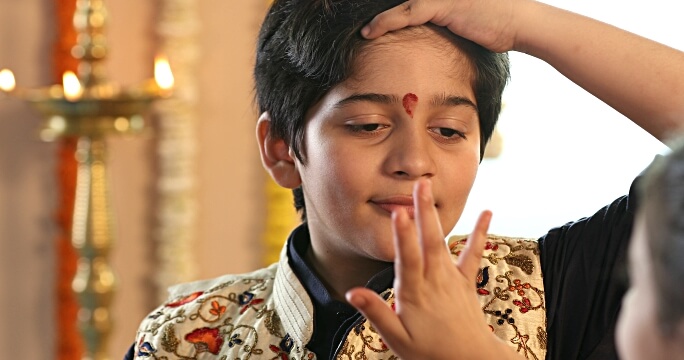
This marks the end of the rituals, which is then followed by both siblings feeding each other sweets. The day is marked by the entire family having together and enjoying each others’ company. For those separated by distance, it is customary for sisters to send the ‘Rakhi’ threads well in advance to their brothers via post with well-wishing cards that cite good wishes.
Rakhi In Different Religions And Cultures
The festival of Rakhi mainly has its roots in Hinduism. But having a deep meaning of friendship and bond it has made its way into the secular world as a symbolic gesture of love and brotherhood amongst different communities. Rakhi has surpassed the boundaries of religious doctrines and has evolved into an all encompassing ceremony for all who cherish love and brotherhood in their lives.
Jainism and Sikhism are two religious that have been derived from Hinduism; both the communities also have the custom of Rakhi in their own iterations. In Jainism, the priests give Rakhi to their devotees, while in Sikhism Rakhi is celebrated in similar essence and is called as ‘Rakhardi’ or ‘Rakhari’.
Origins In The Puranas
Like most religious ceremonies, Rakhi also has its origins in various Hindu mythological stories. Some early texts refer to Rakhi being celebrated by Lord Indra the God of Thunder and his wife Sachi. The story depicts that a fierce battle ensued between the gods and the demons and the demon king Bali couldn’t be defeated. Seeing such a bloody battle, Indra’s wife Sachi prayed to Lord Vishnu who gave her a holy cotton thread. This she tied on the wrist of her husband Lord Indra, who then emerged victorious in the battle.
On another slightly different account found in Vishnu Puaranas, it is said that Lord Vishnu after winning the 3 worlds had made a vow to the demon King Bali to reside by his side. But his wife Goddess Laxmi wanted to return to their holy abode Vaikuntha, so she tied a Rakhi around the wrist of King Bali and made him her brother. When he obliged to give her a gift for this gesture, she asked him to free her husband from the vow so that they could return to Vaikuntha, to which Bali agreed.
There are other accounts of the ceremony of Rakhi being performed by mythological characters of Hinduism, the Mahabharata depicts Draupadi tying Rakhi on Lord Krishna’s arm while her mother-in-law Kunti, tied Rakhi on the arms of her grandson Abhimanyu before the battle of Kurukshetra.
Meaning Of Rakhi – In The Modern Context
Rakhi is much more than an auspicious holiday for Indians; it has a deep special meaning tied to its delicate thread, which is a sweet metaphor for most loving friendships and relationships of the world. Just like the ‘Rakhi’ thread that requires delicate handling and can still be strong when tied with determination, such is the love and brotherhood between those that celebrate this special day. Relationships also require constant care and protection from both ends to maintain the strong knot that offers protection.
Happy Rakhshabandhan to all!!!
Also Read : Why India is the Ultimate Destination for Culture Holiday

